FAQ
Frequently Asked Questions
Two Q&A Sessions are scheduled for the 2025 Competition:
Session #1: November 20, 2024 | 3:30 – 5:00 PM ET (Virtual)
Session #2: January 23, 2025 | 3:30 – 4:30 PM ET (Virtual)
** Questions for Q&A Session #1 will be accepted in advance. Submit questions by clicking the button below.
Review the FAQs below prior to submitting to see if your question is answered on this page.
Q&A Session #1 for the 2025 Competition was held on November 20, 2024 for teams who submitted a Notice of Intent prior to the event.
Please click on the buttons below to review files from the Blue Skies Q&A Session #1.
(Slides do not include questions asked on call. For questions asked on call, please view the Summary Document below.)
Q&A Session #2 for the 2025 Competition was held on January 23, 2025 for teams who submitted a Notice of Intent prior to the event.
Please click on the buttons below to review files from the Blue Skies Q&A Session #2.
FAQs:
Foreign Nationals (FNs) attending the proposing U.S.-based university can participate on a Blue Skies Competition Team, with notable exclusions. Due to NASA security restrictions and policies, FNs will not be able to attend culminating Blue Skies Forum events that take place on-site at a NASA Center (including tours). FNs are also ineligible for the internship prize. There will be no exceptions to this policy. FNs can, however, participate in any portions of the culminating Blue Skies Forum that take place off-Center. Note that Blue Skies Competition forums typically take place at a NASA Center with limited activities off-Center.
Lawful permanent residents (i.e., green card holders) may participate in the competition, but due to NASA policy, would not be eligible to receive the competition prize (NASA internships).
The Gateways to Blue Skies Competition is a student-led initiative. Academic advisors should serve as mentors, allowing students to do the bulk of the work on Blue Skies projects. Academic advisors must physically sign off on proposal and final research paper submissions on behalf of the team.
For teams awarded as finalists, academic advisors will further be responsible for ensuring that their team gets adequate access to the college/university resources and labs they need to successfully complete their project as proposed. Additionally, they’ll be responsible for managing the funds sent to the college/university on behalf of the challenge, and assisting teams to participate fully in the culminating Forum.
As long as the advisor is employed by the college/university to teach a class and/or perform research, and either a U.S. Citizen or a lawful permanent resident, they qualify as an academic advisor.
The W9/Vendor Form must be filled out by the lead college/university. Typically, it is done through the college/university finance department. Your advisor should be able to help you navigate conversations with your college/university to ensure the W9 is filled correctly, by the appropriate personnel.
NOTE: A completed IRS Form W9 is an acceptable substitution.
No. The lead college/university must fill out the W9/Vendor Form, as we are only able to issue stipend checks directly to colleges/universities (not to individual student organizations).
Yes, as long as they were students during the Fall semester when you begin working on the project.
NOTE: Winners who wish to take a NASA internship must be undergrad and graduate students enrolled full-time in a degree-granting program at an accredited college or university. Applicants transitioning between undergraduate and graduate pursuits are eligible IF they have graduated within 6 months and can demonstrate enrollment in the next-level academic pursuit.
It is the responsibility of each team to appropriately handle copyright issues related to anything you choose to use in your video and/or presentation (including, but not limited to: music, images, graphics, and photos). Neither NASA nor NIA can grant permission for you to use copyrighted material.
You can absolutely submit your research as an abstract to other conferences, as long as it is presented to the public at the Blue Skies Forum first.
It’s also OK to present the work at your university (to other students/faculty/internal school events) before the Blue Skies Forum.
Various concepts and associated support systems come with their own safety concerns which should be considered when researching and analyzing your project.
No. Proposers must include a visual representation of all or some of their concept in the quad chart. Finalists must create a digital infographic. There is no requirement for a model or virtual model for proposals or finalist teams’ infographics and/or presentations.
Although it’s not required, teams may incorporate a model or virtual model into any of their submissions, if it is on a platform that is accessible to all of the judges (i.e., please do not use any non-standard software that the majority of the public doesn’t have access to).
Refer to the Competition Details/Guidelines for more information on this question.
Finalist teams will print and bring their infographic with them to display at the Blue Skies Forum as their poster.
It is up to each team to determine the best way of displaying their concept via an Infographic, which is a visual depiction of the final research paper concepts.
The purpose of the infographic is to visually depict the team’s final paper. Someone looking at the infographic should be able to gain an overview and understanding of the opportunity space/team-determined use case in the selected natural disaster and management phase; the current solution, the proposed aviation-related solution, its projected improvements, and the conceptualized approach to deployment (including timeline, opportunities and challenges).
- The infographic should be easily understood by audiences from non-technical backgrounds, avoid technical jargon, and should be understood by a passerby with no verbal explanation.
- The infographic should incorporate a blend of both visual and textual information, with more emphasis on the visual aspect and avoiding lengthy blocks of text.
- The infographic should reflect only the information discussed in the final technical paper (i.e., it should NOT be used to add additional information that didn’t fit within the 8-10 page final technical paper page limit).
- The infographic should convey technical paper elements in a visually compelling manner, demonstrating that attention was given to the use of color and artistic creativity, as well as the organizational flow of information (take us on a journey).
Any civil servant who is currently working for and getting paid for that work by the federal government. This includes Pathways Interns or other federal co-op students. It does not include Pathways Interns or other federal co-op students who are in an INACTIVE and UNPAID portion of their co-op (i.e., if they are not currently working as a paid federal co-op this semester, then they can participate in the Blue Skies competition this semester).
Because finalist teams receive stipends to support full participation in the Forum, this eligibility constraint has been implemented to avoid double sources of federal income going to any finalist team member who may also be receiving other payment from the government for similar work.
Yes. Federal work study through, say, a Pell program or through FAFSA does not preclude you from participating in the competition.
It is up to each team to prioritize space allocation to formulate the best proposal for the judges’ consideration. A good rule of thumb is to provide enough information to justify your vision for future deployment, but allocate more of your available space to the analysis of that vision. The proposal should be a clear articulation of the intended path forward, should the team be selected as a finalist.
There is no preference in citation formatting, but references must be formatted uniformly and correctly. Just linking sources is not acceptable.
The Cover Page, Quad Chart, Abstract, and Appendices, which can be used for references, are not included in the 5-7 page limit. The 5-7 pages are for the body of the technical paper. See the Competition Details/Guidelines for more details.
Use appendices for citations and references only. Judges are not required to review material included in your appendices. As such, be sure no information vital to your design concept or its justification is included in the appendices. You may include citations, calculations or other information you think judges may find interesting, but be sure it’s not integral to your project before putting it in an appendix.
Yes and No. Teams must conduct research on the types of future systems that are being discussed, considered, or have potential. Make some assumptions (based on this research) about the future landscape to inform your project.
Yes, as long as the team size limit of 6 total members is not exceeded.
Yes. However, submitting an NOI form at your earliest convenience is in your best interest. Once we have contact information for the team lead and faculty advisor, we can ensure you are kept updated on any changes or provide you with helpful resources. Submitting an NOI also benefits NASA: it helps us know how many technical papers to expect so that we have the appropriate number of reviewers lined up to judge the submissions.
Teams who submit an NOI by the deadline will receive an exclusive invitation to participate in the Q&A sessions with judges prior to the proposal due date and will receive all competition updates. NOIs submitted by the deadline will be reviewed, and teams with concepts outside of competition parameters will be notified.
Remember: NOIs do not need to be comprehensive, are non-binding, and intended concepts may change prior to proposal submission.
Start asking professors if they are willing to serve as your team’s advisor. Each team MUST have an eligible U.S. Citizen/LPR academic advisor listed at the time of the Proposal Submission.
Role of Academic Advisor: Academic advisors take on the role as mentors, and if a team is selected as a finalist, help manage any monetary awards sent to the university, ensuring they are disbursed appropriately (according to your university’s protocols) to enable the team’s full participation in the culminating Blue Skies Forum. The student team leader and advisor will also jointly receive email updates and reminders about the competition to distribute to the rest of the team.
Yes. The primary advisor must be from the lead college/university and be able to handle financial awards on behalf of your team, according to college/university protocols. However, teams may also have additional faculty serve as mentors from other colleges/universities.
An academic advisor may be a lawful permanent resident (i.e., Green Card holder). If they are a U.S. Citizen or a lawful permanent resident, we are allowed to send funds to the college/university on their behalf.
Yes and No. Blue Skies first-place winners will be contacted directly following the annual Forum to guide the internship placement process. Upon selection, all finalist teams will receive an invitation to apply – generally – to NASA internships.
NASA internships offered as the Blue Skies prize are most likely to occur at an Aeronautics Center: Ames Research Center (CA), Armstrong Flight Research Center (CA), Glenn Research Center (OH), or Langley Research Center (VA). However, they may be located across the country at any NASA Center, depending on various factors that will be determined with winning team members.
General NASA internships may occur at any NASA center. Read each listing carefully for details.
Internships will appear in the NASA NIFS internship database. They will be titled or otherwise denoted as “Blue Skies Finalists Only.” These will be internships for which winning team members may apply, and will receive specific instructions for doing so. We will work with the winners post-Forum to determine strengths and interests and link winning team members with opportunities at the NASA Centers to create a good internship match.
If a winning team has six members that are all interested and eligible for the NASA internship, all six would receive invitations to intern. However, if the winning team doesn’t have six members, there may be an opportunity to open remaining internship slots to members of other finalist teams. Allotments will be determined at program management discretion toward the end of the competition timeline.
A team member who has a GPA lower than 3.0 may participate in the Blue Skies Competition. There is no GPA requirement for the competition itself. The 3.0 GPA requirement is for NASA internships only: An applicant must have a 3.0 or higher to be eligible – there are no exceptions to this rule for NASA internships.
Yes, if student is enrolled in the team’s college/university. Participants under age 18 at the time of the Forum must be accompanied by a parent/guardian. Individuals under 18 years may not be eligible for the competition prize (NASA internship).
Up to eight finalist teams will be selected following the Proposal and Video submission. The judging panel may select fewer teams, depending on the quality of proposals. Selected teams will be invited to produce a final technical paper and infographic, and to present at the annual Blue Skies Forum.
Teams are welcome to make any choices that they believe are justifiable, if good rationale is provided.
Submitting teams represent and warrant that the team is the sole author of the submission, that the submission is wholly original, that it does not infringe on any copyright or any other rights of any third party of which the team is aware, and that the electronic proposal and video submission are free of malware. Teams may not have any portion of their submissions created by non-team members, which includes the use of tools such as Generative AI.
A Quad Chart is a form of technical documentation used to briefly describe a concept or innovation through writing, illustration and/or photographs. It is a useful tool for decision making and should accurately and succinctly represent the proposal. It will be used in the Blue Skies proposal review process, but is also a useful tool for team members to have as they enter the workforce.
A strong proposal will make a compelling argument convincing judges of a concept’s feasibility and viability.
Teams must:
- Send at least 2 members from the lead institution to present at the annual Blue Skies Forum (however, it is encouraged to send the full team and one faculty advisor), and
- Attending team members should plan to participate fully in the Forum.
Failure to do either of these may result in penalties and/or returning the stipend.
Ultimately, the image or graphic is at the team’s discretion. Ideally, the submitted graphic best represents your concept visually, should it be used in online media showcasing proposed concepts (think: online news article).

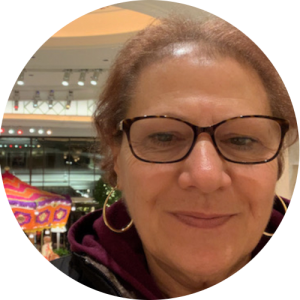 Mina Cappuccio
Mina Cappuccio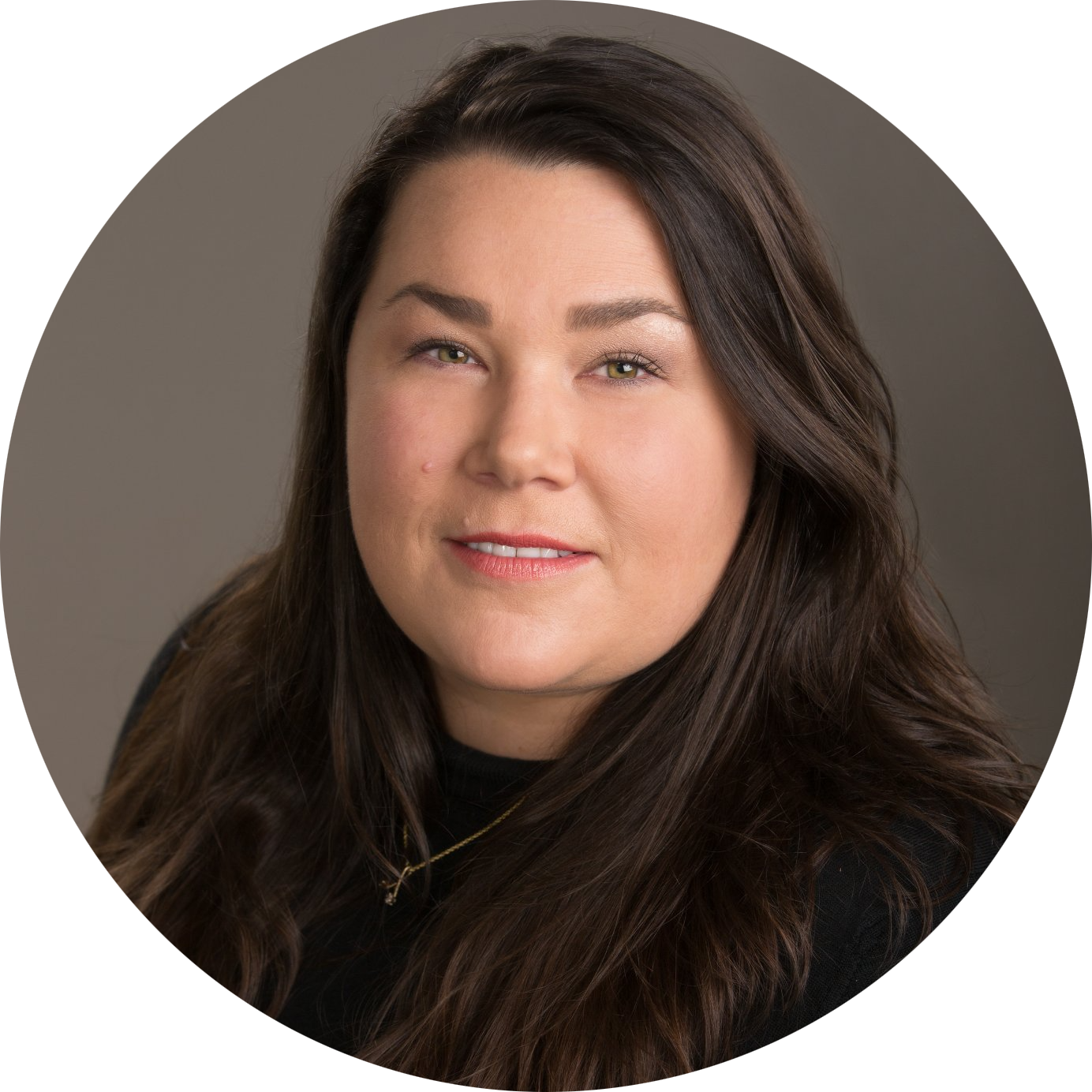 Dr. Shanna McClain
Dr. Shanna McClain Phil Kenul
Phil Kenul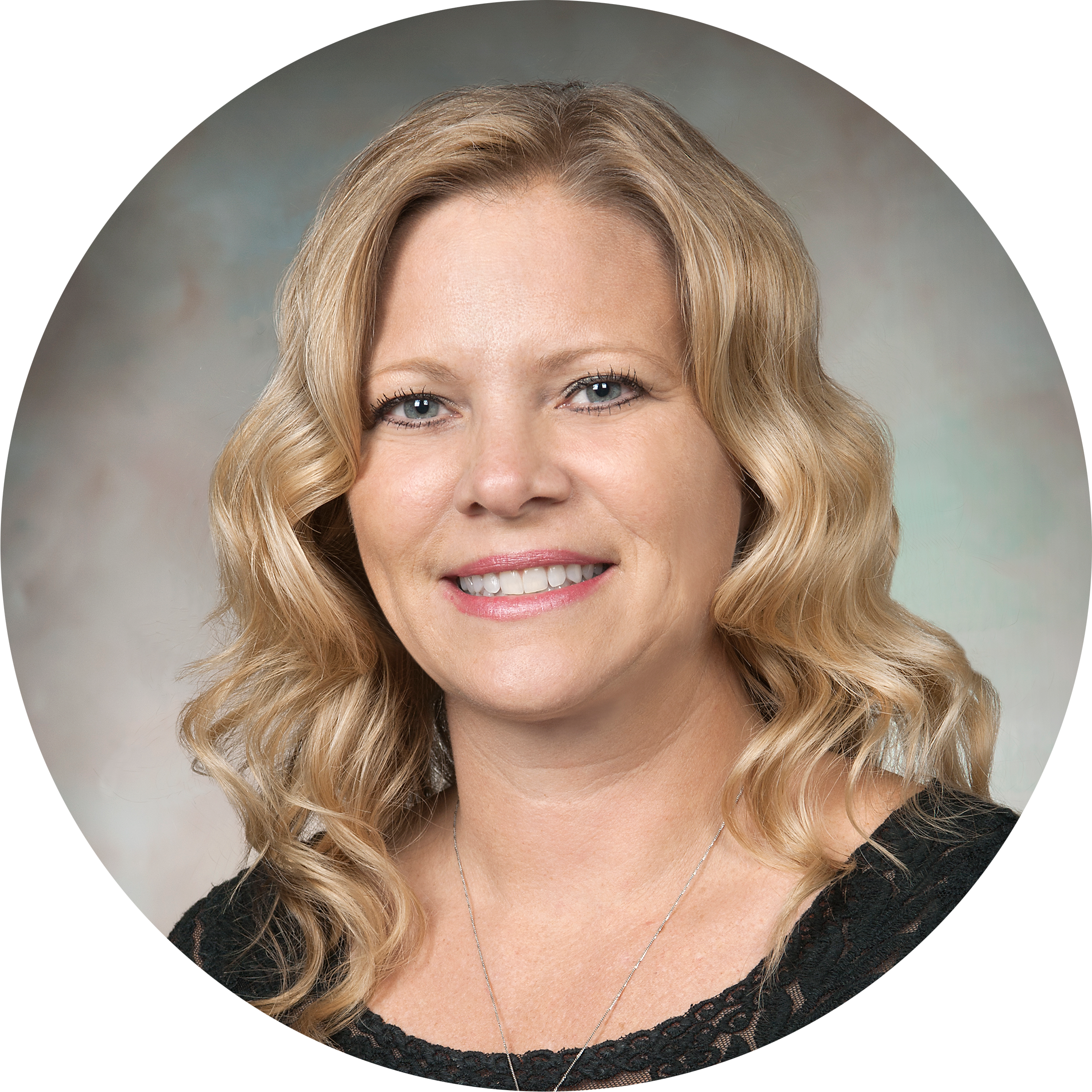 Starr Ginn
Starr Ginn Dr. Marcus Johnson
Dr. Marcus Johnson Jay Stalnacker
Jay Stalnacker Charles Sheehe
Charles Sheehe Travis Potter
Travis Potter Amy McCluskey
Amy McCluskey Peggy Cornell
Peggy Cornell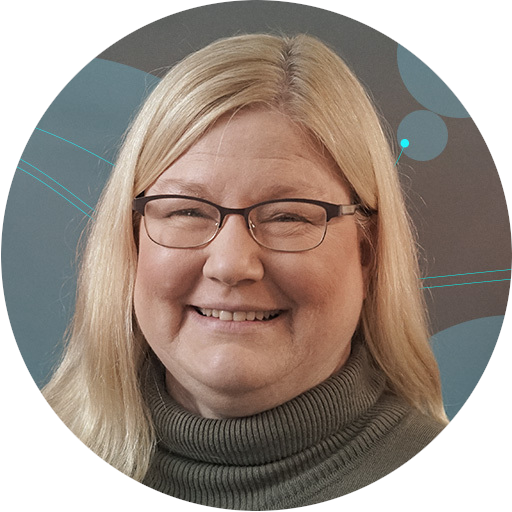 Susan Bayley
Susan Bayley Matthew Boucher
Matthew Boucher Dr. Natasha Neogi
Dr. Natasha Neogi Craig Nickol
Craig Nickol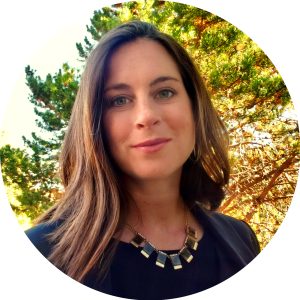 Janice Kurbjun Miller
Janice Kurbjun Miller Koushik Datta
Koushik Datta Genevieve Ebarle
Genevieve Ebarle Shelley Spears
Shelley Spears Stacy Dees
Stacy Dees Andrew Provenza
Andrew Provenza Steven Holz
Steven Holz Mani Gavvalapalli
Mani Gavvalapalli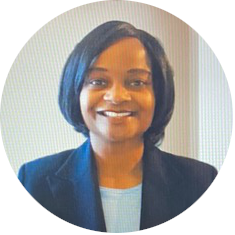 Devin Pugh-Thomas
Devin Pugh-Thomas Jeanne Yu
Jeanne Yu